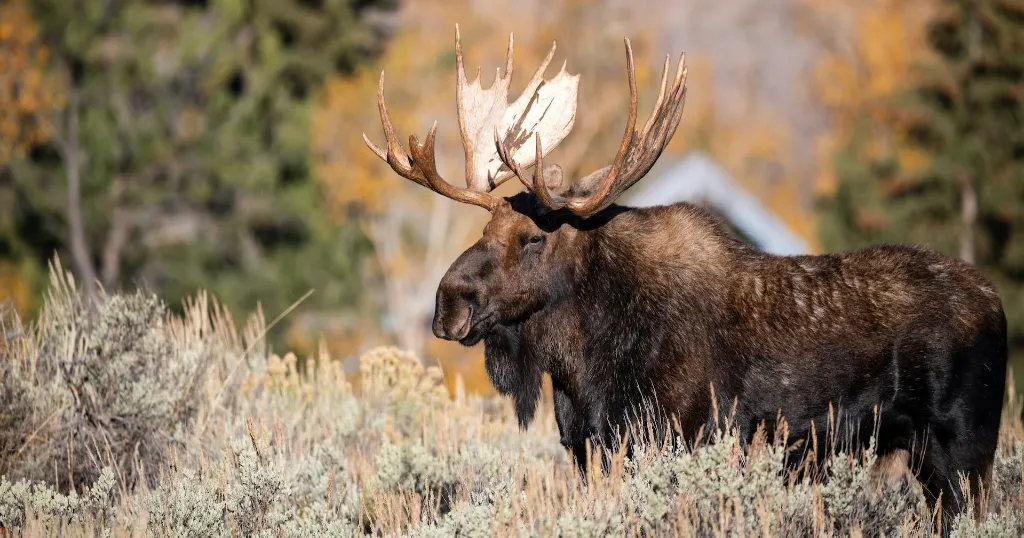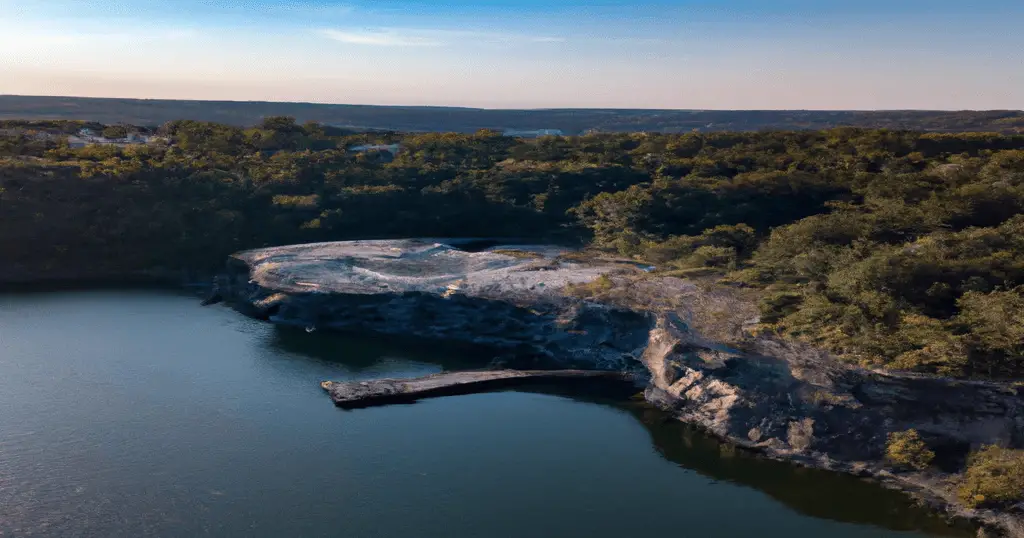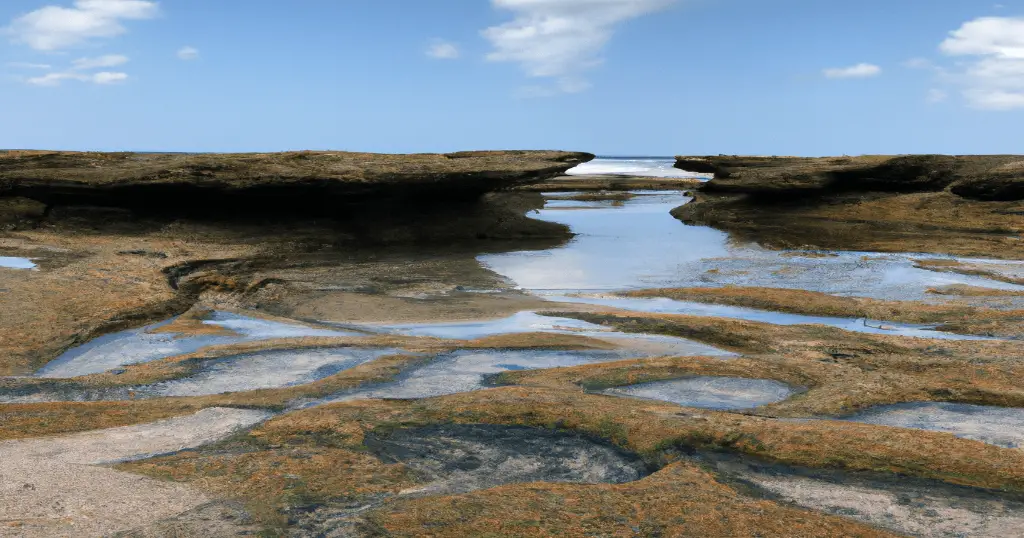In the breathtaking wilderness of Yellowstone National Park, few experiences are more thrilling than sighting the iconic, majestic creature known as the moose. The sight of their towering figure set against the backdrop of Yellowstone’s awe-inspiring landscapes is a must-see for any wildlife enthusiast. Yellowstone is home to a small population of moose, estimated to be around 200. So spotting one here is rather challenging.
Top areas in Yellowstone to see moose
Moose tend to favor specific areas in Yellowstone. Here’s where your chances of a sighting are highest:
Northeastern areas
Northeast Yellowstone, with its verdant forests and water-rich environments, attracts a large number of moose. They’re often seen near bodies of water, feeding on the vegetation.
Willow Park
This grassy, flat area located between Norris Junction and Mammoth Hot Springs offers an excellent environment for moose, where they’re often sighted grazing or resting in the willow thickets.
Indian Creek
Situated in the northern part of the park, Indian Creek is known for its population of moose, especially near the campground area.
West Thumb
This area, filled with a mix of open meadows and dense forests, is another great location for moose watching. The quieter southern entrance also offers decent moose-spotting opportunities.
Other potential locations
Although these areas are hotspots, keep your eyes peeled throughout the park, as moose can sometimes be found in less predictable locations. In general, they are mostly spotted near meadows or bodies of water.
What is the best time to see moise in Yellowstone?
Moose are generally most active during the early mornings and late afternoons.
Rut season, which typically spans from late September to early October, is the most promising time to see moose. During this period, males emit mating calls, making them easier to spot. However, remember that moose can be more dangerous during the rut, acting aggressively if they perceive a threat. So, maintain a respectful distance, and use binoculars or a camera with a zoom lens for a closer look.
Background info for moose spotting
- Moose are easily recognizable by their long, bulbous noses, humpbacked shape, and the male’s iconic antlers, which can span up to six feet.
- Adults can weigh anywhere from 800 to 1,200 pounds, and their height can reach 6.5 feet at the shoulder. They are particularly impressive creatures, being the tallest mammals in North America.
- Moose are herbivores, and their diet mainly consists of aquatic and terrestrial vegetation.
- They prefer habitats near water sources, such as rivers, lakes, and marshy ponds, particularly in regions with dense willow growth.
Staying safe during a moose encounter
If you find yourself close to a moose, it’s crucial to avoid startling them. Do not approach and try to give the moose as much space as possible. If the moose shows signs of aggression, back away slowly and find shelter if you can.
Where else in Wyoming can you spot moose?
Besides Yellowstone, the Grand Teton National Park is another excellent location in Wyoming for moose spotting, particularly in the areas around the Gros Ventre River and Moose Junction.
Commonly asked questions about Moose in Yellowstone
How close can I get to a moose in Yellowstone?
Although it might be tempting to get close for a great photo, always prioritize safety. Maintain a distance from moose and other wildlife in the park. Just because it won’t eat you, doesn’t mean it can’t stomp you. Also: Don’t be these guys!
What should I do if a moose charges?
If a moose charges, it sees you as a threat. Try to get behind a large object like a tree and avoid running away as it might provoke further pursuit.
Are moose more dangerous than bears?
While it’s true that moose injure more people each year than bears, this is primarily because people often underestimate moose’s potential danger due to their herbivorous diet. It’s crucial to treat every wildlife encounter with caution.
Can I feed a moose?
No, it’s illegal and harmful to feed wildlife in Yellowstone, including moose. Feeding disrupts their natural behavior and diet, and can also make them dependent on human food.



